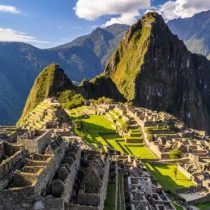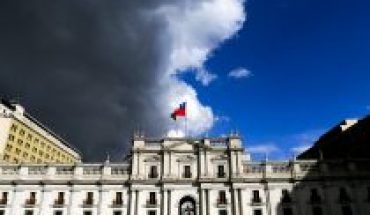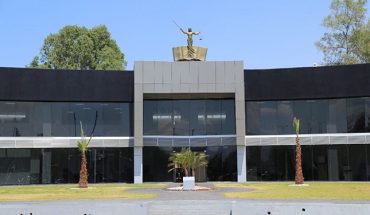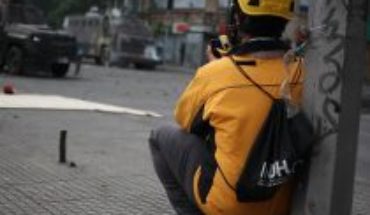
Quito, the emblematic Ecuadorian capital, prepares to leave the break through the coronavirus and enter a progressive phase of social and economic reactivation in which the municipality will gradually open the path to a “new normal” and the return of tourism, for the moment local and national.
The city, Cultural Heritage of Humanity, wants to reactivate as soon as possible one of its main engines of development and reposition the city as a tourist destination.
It will do so through a campaign in which it will evoke its potential through all kinds of memories and experiences of different characters, local and international, who visited the city before the pandemic.
“The idea is to tell the stories”, highlight emblematic sites such as the Half of the World, the Historic Center, the rurality, the experiences of its people, with complementary elements such as gastronomy and culture, explained to Efe Carla Cárdenas, general manager of Quito Turismo.
Aware that it is one of the sectors that will take the longest to recover from the cotazo of COVID-19, the senior official stressed that in the post-coronavirus era they will focus on local tourism, the nearby one, highlighting concepts such as “safety” and “trust”.
The city entered massive isolation on March 16 to contain the coronavirus. However, during the quarantine the campaign “Your story begins in Quito” that accompanied the citizens through places full of magic and history, architecture and art, gastronomy, music and legends that run through the narrow streets of the colonial center and the wide avenues of the modern part.
The new normal in Ecuador, which intends in principle to restore flights on 1 June, will be marked by biosecurity protocols and there are already – for example – rules for the reopening of restaurants, cafes and hotels.
Schedules and capacity, disinfection processes, training, group management, security apparel, accommodation, interpersonal distance and table, as well as prioritizing payment by credit card or online are some of the measures to avoid contagion.
Quito received more than 685,000 visitors in 2019and, between January and February, more than 100,000.
Machu Picchu will be free for minors and over 60s
Entry into the citadel of Machu Picchu, Peru, will be free for minors and those over 60 years of age both domestic and foreign during the second half of 2020, as part of the measures taken by the Government of Peru to reactivate domestic tourism.
In addition to Machu Picchu, the main tourist attraction of the country, tourists will also be able to visit for free from July 1 to December 31 another 54 sites of cultural interest and 22 protected natural areas.
Other tourist attractions such as the Nasca Lines and several Inca attractions are also included in the list published in an official decree.
To reopen the country’s main tourist attractions, the Government will issue more rules in the next 30 days to regulate visits in accordance with the protocols of the Ministry of Health.
For now, the Peruvian executive allocated 20 million suns (more than 4.8 billion pesos) to adapt the tourist facilities to prevent contagion of the SARS-CoV-2 virus.
Quarantine will continue for the time being until 24 May, when the Government hopes that some of these measures such as the reactivation of transport at the national level from June can be relaxed, which would also facilitate the gradual resumption of the tourism sector.
However, there is still no possible date to reopen borders to international tourism. Chancellor Gustavo Meza Cuadra said this weekend that “reopening borders is not yet in the plan, we will have to secure health mechanisms such as rapid testing and quarantine.”
Peru is evaluating rapid Covid-19 testing and quarantines in certain cases when it reopens its borders
The National Chamber of Tourism (Canatur) has ensured that Peru’s tourism sector is going through “a dramatic situation”, so it called for urgent measures to prevent the closure of thousands of companies where 1.5 million people work.





